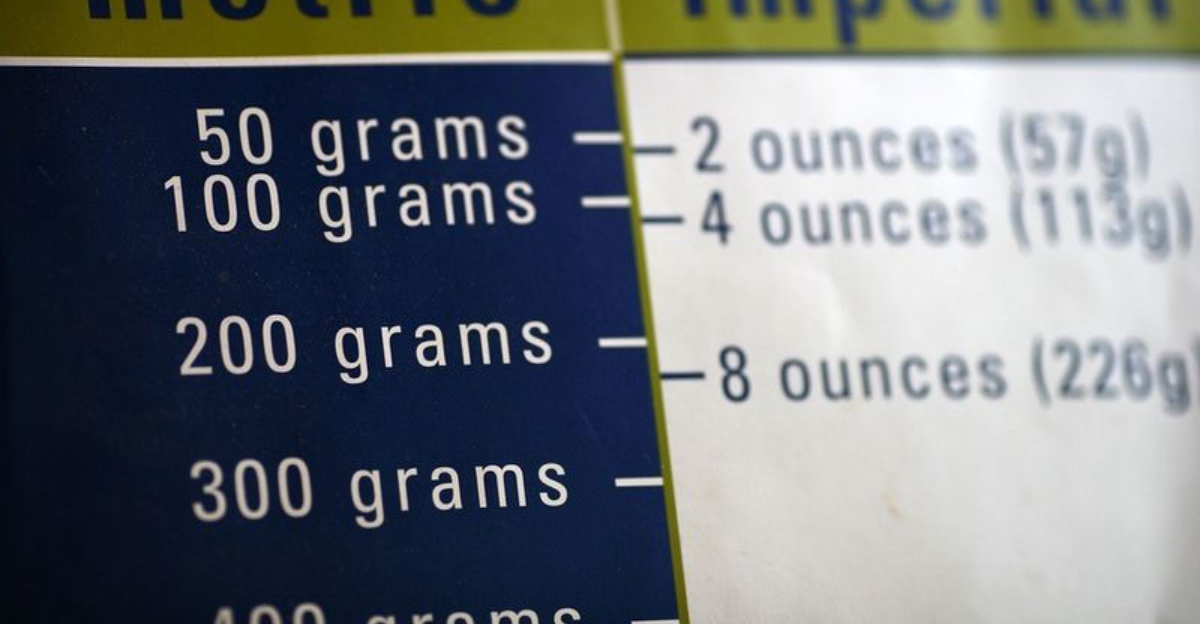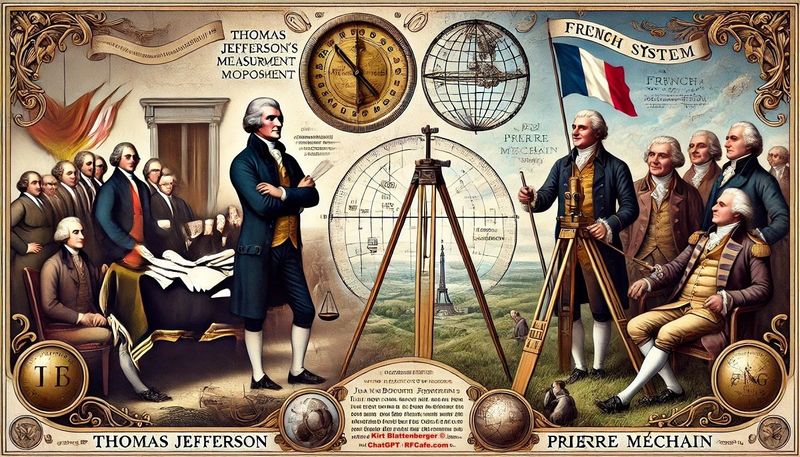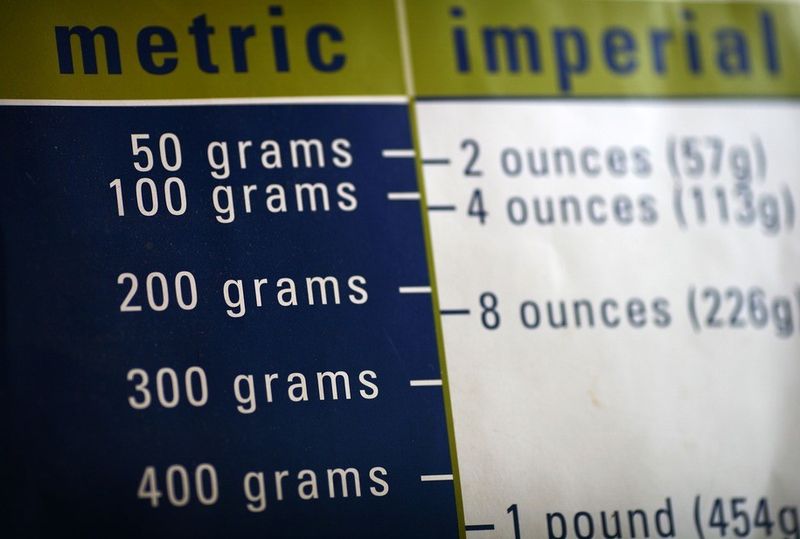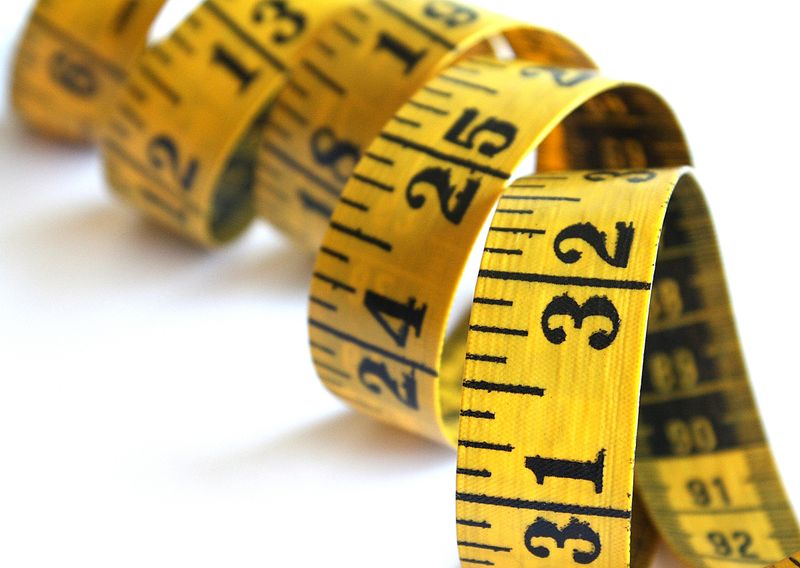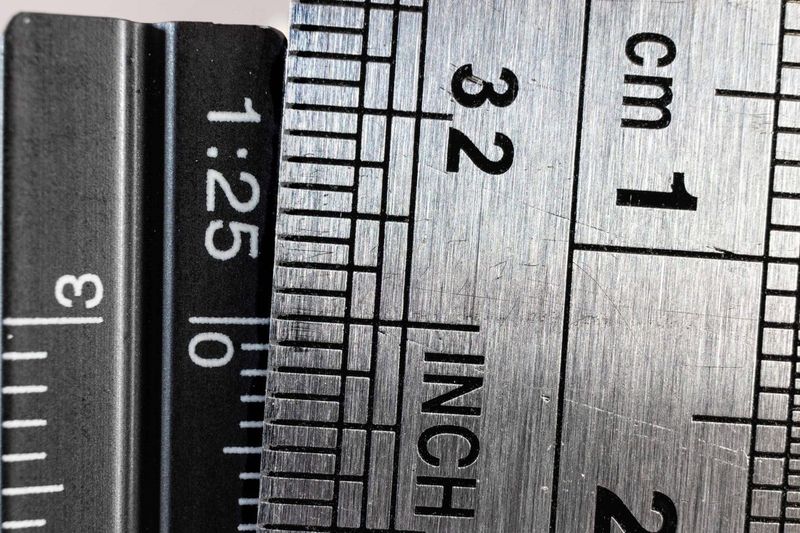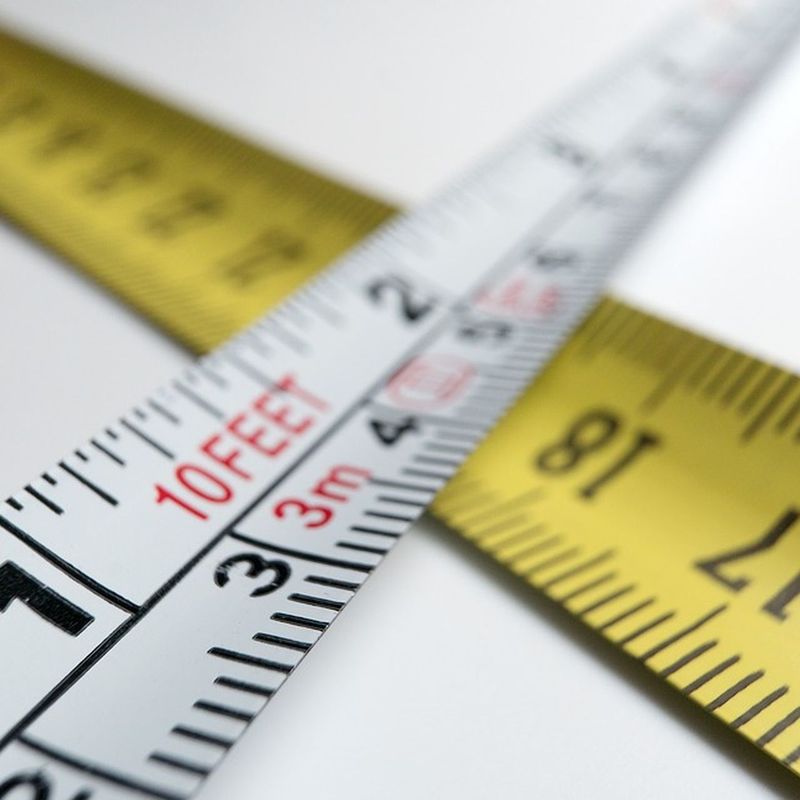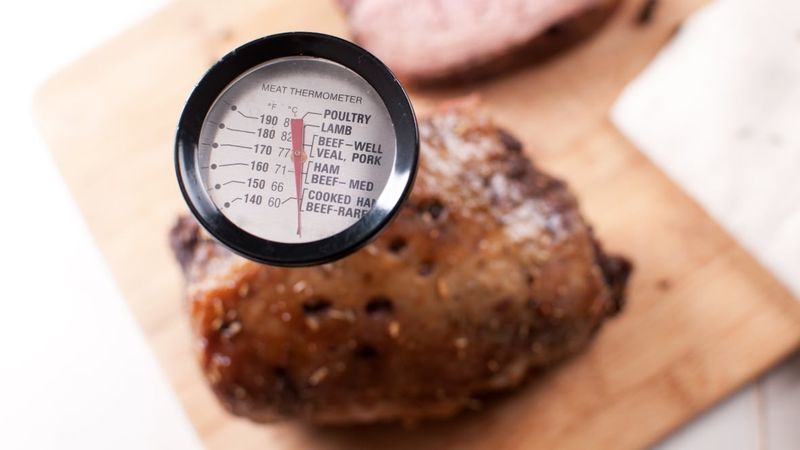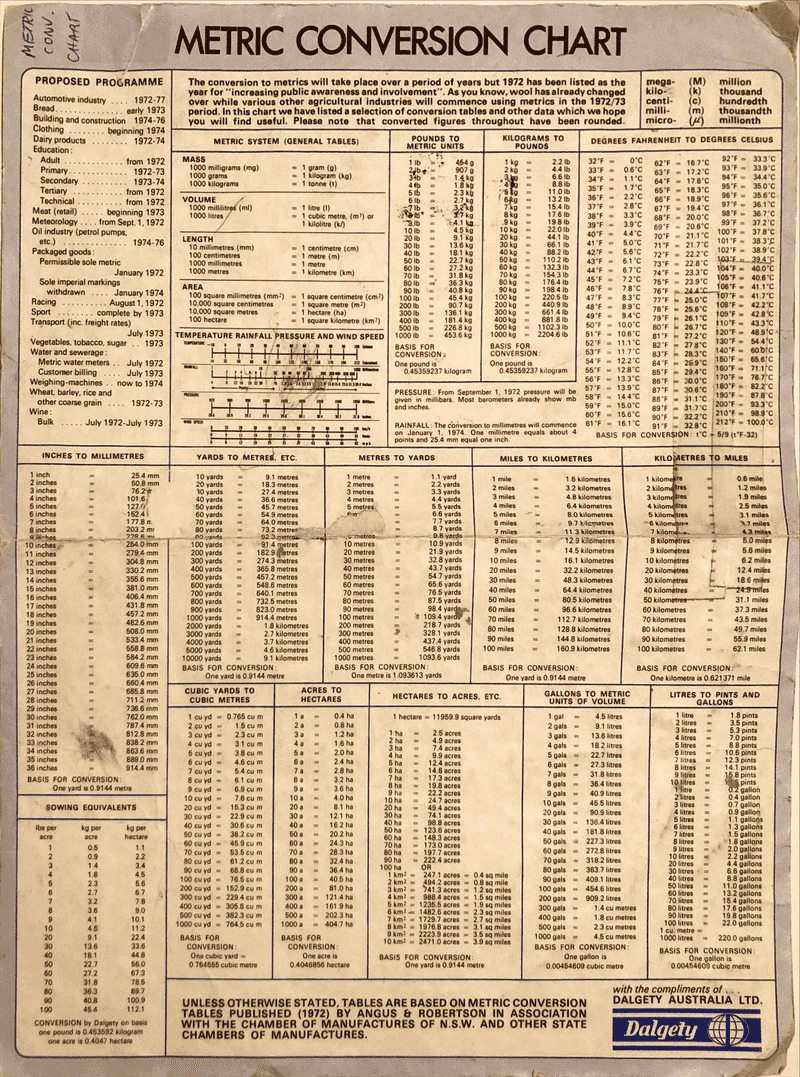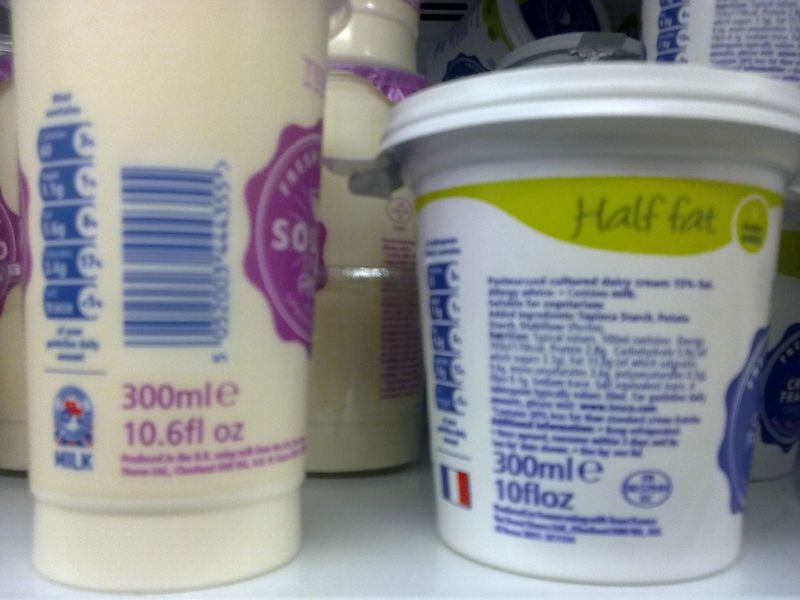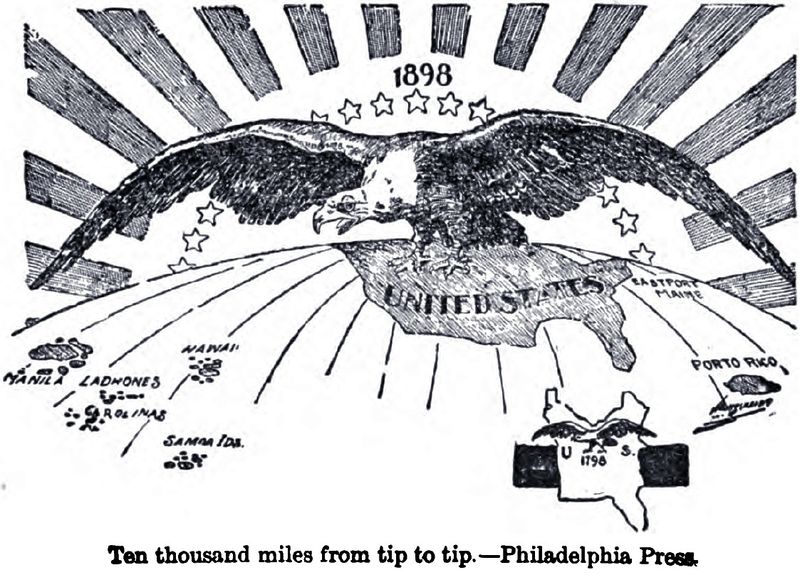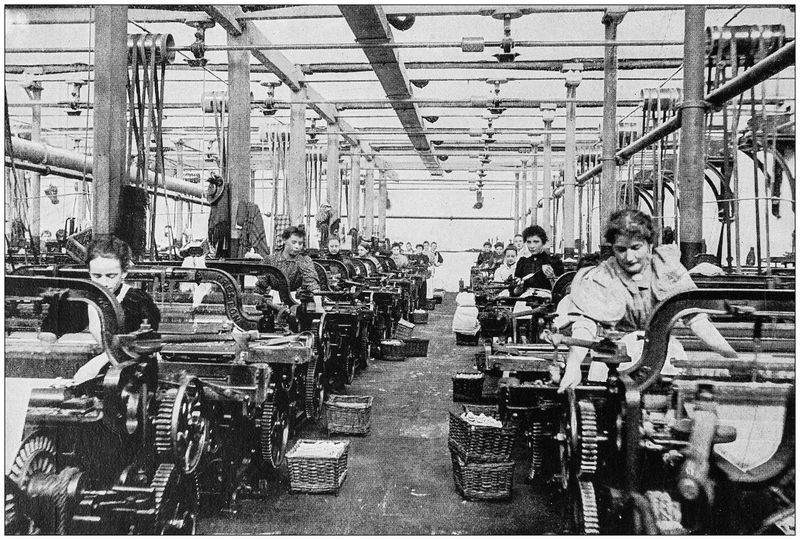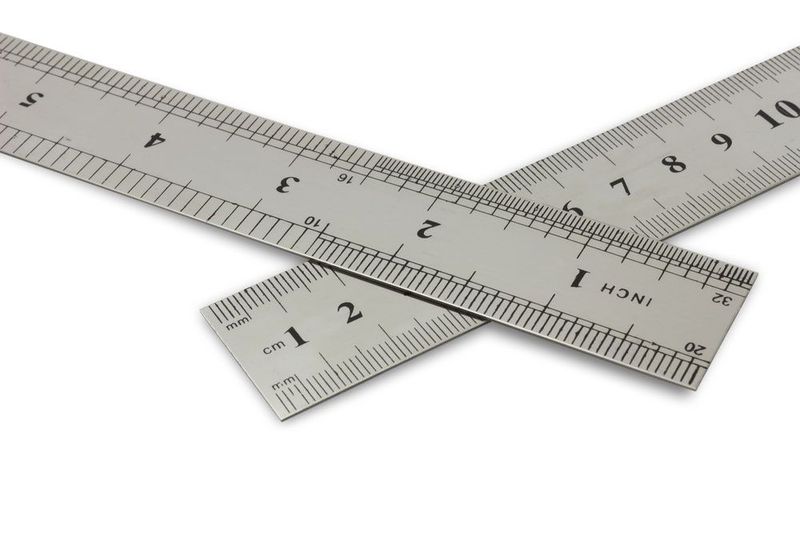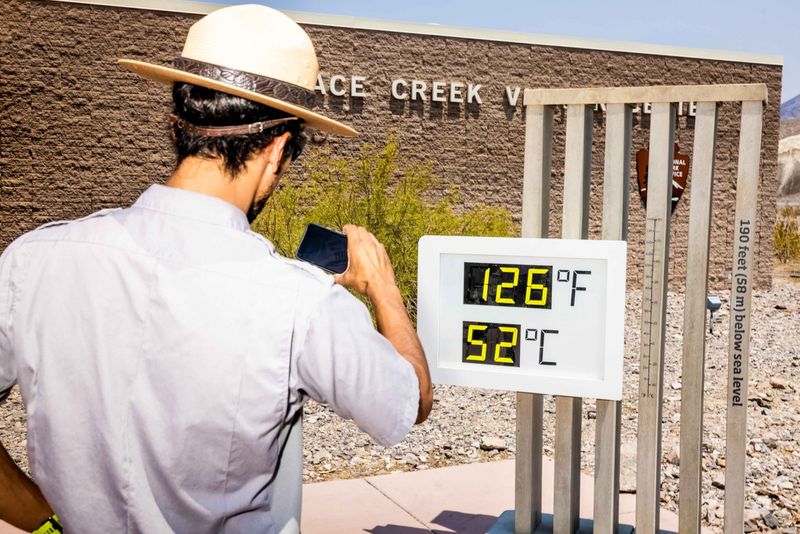Despite widespread use across the globe, the metric system still hasn’t taken hold in the United States. While science and medicine use metric units, everyday American life remains stuck in inches, pounds, and gallons. Why? Here are 19 cultural, historical, and practical reasons why the metric system just hasn’t stuck in the U.S.
1. It Wasn’t Adopted Early On
The United States’ early adoption of British imperial units set the stage for its long-standing resistance to the metric system. Picture an 18th-century American town, bustling with trade. Merchants measured goods in inches and pounds, creating a deeply embedded familiarity. This historical choice wasn’t mere happenstance; it was a reflection of the times and trade relationships with Britain. As the world moved towards metrication, the U.S. held firm on its customary units, anchoring a tradition that would resist the tides of change for centuries. Changing now feels like rewriting history itself.
2. Thomas Jefferson Considered It—but Passed
In the quiet solitude of his study, Thomas Jefferson once pondered the potential of the metric system for America. However, political challenges and a lack of international pressure left this idea as just that—an idea. Jefferson’s exploration of a decimal-based system wasn’t without merit, but the timing wasn’t right. Without a pressing reason to shift, the metric system remained a suggestion rather than a mandate. This decision, influenced by both circumstance and caution, left America on its familiar path. Today, we still feel the ripples of that moment.
3. The Customary System Is Deeply Embedded
In the United States, the customary system is woven into the very fabric of daily life—road signs measured in miles, kitchens filled with recipes calling for cups, and construction plans drawn in feet. This deep-rooted familiarity means that change would require a shift in mindset across all sectors. Imagine the confusion of trying to convert a grandma’s beloved cookie recipe into grams and liters. The ingrained comfort of these units is like a cozy blanket, making the metric system seem like an unwelcome intruder.
4. It’s Not Mandated by Law
Unlike many countries, the United States never enacted laws mandating the use of the metric system. Legislative debates often ended with a consensus to let the people choose. This resulted in metrication being optional—a path less traveled. Imagine a room filled with lawmakers, rulers in hand, divided over the inches versus centimeters debate. The absence of legal enforcement means the metric system remains a choice rather than a standard. Consequently, the familiar inches and pounds continue to dictate everyday life, from schools to shops.
5. Cultural Identity
For many Americans, the imperial system isn’t just a way of measuring—it’s part of the national identity. There’s a sense of pride in using feet and pounds, akin to baseball and apple pie. This sentiment reinforces resistance to change, as altering the system feels like altering the American way. Picture an American flag draped alongside a collection of yardsticks and scales, symbolizing a deep connection to national heritage. Embracing the metric system, to some, feels like shedding a piece of their cultural fabric.
6. Education Gaps
In schools across America, the metric system is taught but often not emphasized. Students learn centimeters and kilograms, yet inches and pounds rule the hallways and homes. This educational gap means children grow up fluent in both systems, yet default to imperial in everyday contexts. Imagine a classroom filled with curious minds, grappling with two measurement languages. Without consistent practice, the metric system becomes an academic relic rather than a practical tool. Bridging this gap is essential for future generations to embrace metrication fully.
7. Business Costs
Switching to the metric system involves more than just changing rulers—it’s a costly endeavor for businesses. From retooling manufacturing lines to reprinting labels, the expenses are significant. Picture a bustling factory, where every machine and tool must be recalibrated, every label reprinted. For many, the financial burden outweighs the benefits. This economic barrier has stalled metrication efforts across industries, where bottom lines are prioritized over uniformity. The cost of conversion remains a formidable obstacle, keeping the metric system at bay.
8. Resistance from Industry
Many American industries, especially construction and manufacturing, have built their foundations on imperial units. Transitioning to the metric system would mean costly updates to equipment and processes. Picture a construction site, bustling with activity, where every so-called “inch” plays a crucial role. The reluctance to change is rooted in practicality—why fix what’s not broken? For industries reliant on precise measurements, the imperial system feels like a trusted old friend. This resistance is a testament to industry’s inertia, keeping metrication at arm’s length.
9. It’s Politically Unpopular
Attempts to introduce the metric system have often been met with public backlash and labeled as unnecessary government meddling. Politicians, wary of upsetting constituents, often sideline metrication efforts. Imagine a political cartoon, where lawmakers wield oversized rulers—a symbol of the ongoing debate. The metric system is seen as a foreign imposition, stirring sentiments of autonomy and tradition. This political unpopularity ensures that metrication isn’t a legislative priority, leaving the imperial system as the status quo—a system rooted in both tradition and resistance.
10. Americans Prefer What’s Familiar
Americans often stick with what they know—why learn centimeters when inches feel so intuitive? Whether it’s baking cookies or measuring a room, familiarity with imperial units is comforting. Imagine a family gathered in a kitchen, surrounded by well-worn measuring cups and a cookbook splattered with batter. This scene captures the essence of preference, where the known is favored over the unfamiliar. The metric system, while logical, feels like a foreign language. It’s a comfort thing, really, keeping the U.S. rooted in its imperial ways.
11. Sports Loyalty
In the realm of sports, imperial units reign supreme. Football fields are measured in yards, and baseball diamonds are defined by feet. These measurements are not just practical—they’re iconic. Picture a packed stadium, where fans cheer as yardage markers guide the game. For sports enthusiasts, these units are part of the tradition and excitement. Converting to metric would mean altering the very essence of these beloved games. The loyalty to imperial measurements in sports is a stronghold of resistance, celebrated by fans across the nation.
12. The 1970s Push Fizzled
In the 1970s, the U.S. Metric Board attempted to promote metrication, but the effort fizzled out. Lack of funding and enforcement meant the initiative made little impact. Imagine a faded classroom poster from that era, proclaiming the merits of the metric system, yet largely ignored. The campaign lacked the power to shift public sentiment or habits. Without compelling reasons to change, the movement lost momentum, leaving the imperial system firmly in place. This historical attempt serves as a reminder of how inertia can stall progress.
13. Dual-Labeling Didn’t Go Far Enough
While many products in the U.S. are labeled with both metric and imperial units, consumers often overlook the metric numbers. In supermarkets, shoppers reach for familiar ounces and pounds without a second thought. Picture aisles lined with dual-labeled goods, where metric is merely an afterthought. This approach, while logical, hasn’t been enough to shift public preference. The imperial system remains the dominant language of measurement, spoken fluently by both consumers and retailers. Dual-labeling was a step forward, but not the leap needed for change.
14. Media and Pop Culture Reinforce Imperial Units
From movies to music and literature, American media is saturated with references to imperial units. Song lyrics mention miles, films showcase inches, and books describe pounds. Picture a montage of cultural artifacts, where imperial measurements shape narratives and dialogues. This constant reinforcement means the metric system struggles to find its place in the American psyche. Pop culture, a powerful conveyor of norms and values, keeps the imperial system alive and kicking. This cultural immersion in imperial units is both a comfort and a barrier to change.
15. No Economic Crisis Demanded Change
Many countries turned to the metric system during periods of rebuilding or economic reform, but the U.S. never faced such a necessity. Picture a booming industrial landscape, where factories and skyscrapers rise without the need for metric conversion. America’s economic prosperity continued seamlessly with imperial units, leaving little impetus for change. Without a crisis to force the issue, the metric system remains an option rather than a necessity. This economic stability, while beneficial, has inadvertently kept the U.S. anchored to its traditional measurements.
16. Consumer Confusion
For many, the thought of converting gallons to liters or Fahrenheit to Celsius is overwhelming. Consumer confusion is a real barrier to metrication. Imagine a shopper, calculator in hand, trying to make sense of dual-labeled products. This scenario highlights the complexity of switching systems in daily life. The cognitive load of conversion can deter individuals from embracing metric. Familiarity with imperial units means less math and more ease. Until clarity overcomes confusion, the metric system remains a challenging puzzle for everyday Americans.
17. Scientific Use Doesn’t Trickle Down
In scientific and medical fields, the metric system is the norm, yet this usage doesn’t trickle down to daily life. Picture a bustling lab where researchers measure in milliliters and kilograms, while outside, the world spins in inches and pounds. The disconnect is palpable, with metric usage confined to specialized domains. For most Americans, science feels distant, its measurements abstract. Until the bridge between scientific precision and everyday practicality is built, metrication remains isolated. The gap between these worlds keeps the metric system from widespread adoption.
18. We Still Use Metric Selectively
Despite resistance, certain metric units have found their niche in American life. Soda is sold in liters, and bullets measured in millimeters—an intriguing contradiction. Imagine a grocery aisle where liter bottles stand alongside ounce-labeled products. This selective adoption illustrates an openness to metric, yet limits broader acceptance. These instances offer a glimpse of what could be, yet tradition holds sway. The partial embrace of metric units shows potential, but the leap to full metrication remains a hurdle. The dance between old and new continues.
19. Change Is Hard
Ultimately, the resistance to the metric system boils down to inertia—change is hard. Picture an older couple, driving along roads marked in miles, pondering the idea of kilometers. There’s a sense of nostalgia, a reluctance to let go of what feels familiar and right. For many, the imperial system just works, fitting like a well-worn glove. Embracing metric would mean rethinking everyday life, a daunting task for a nation set in its ways. Until the desire for change outweighs comfort, the metric system will remain on the outside looking in.
